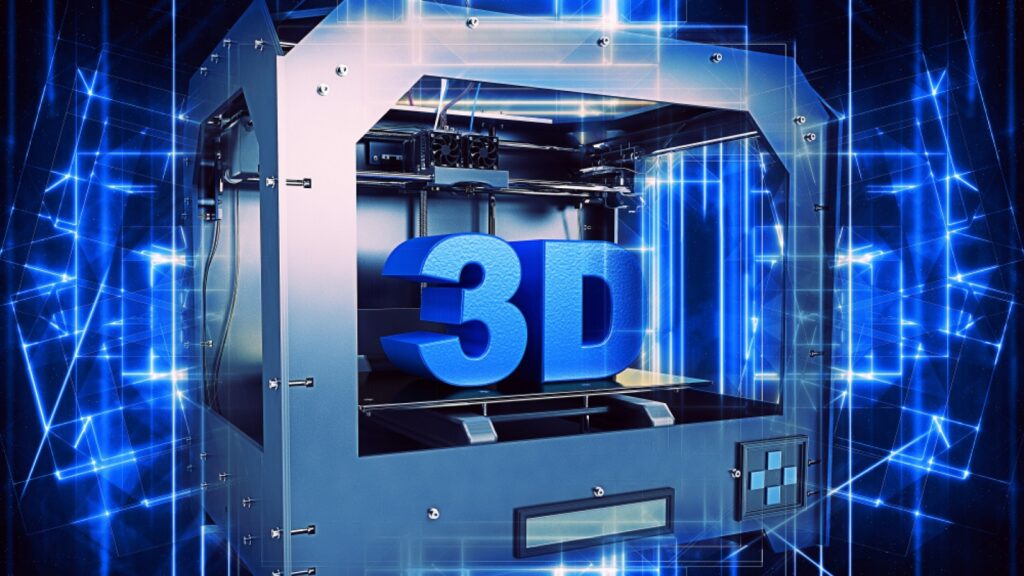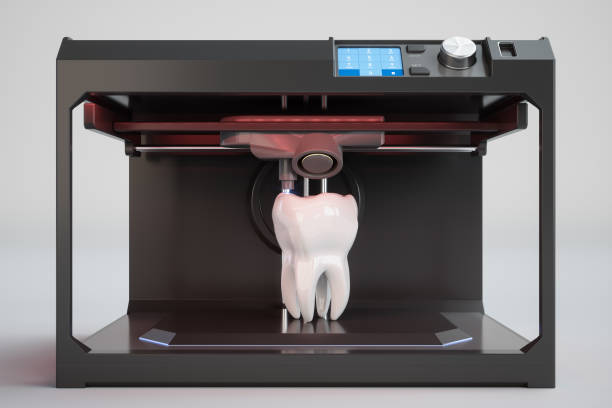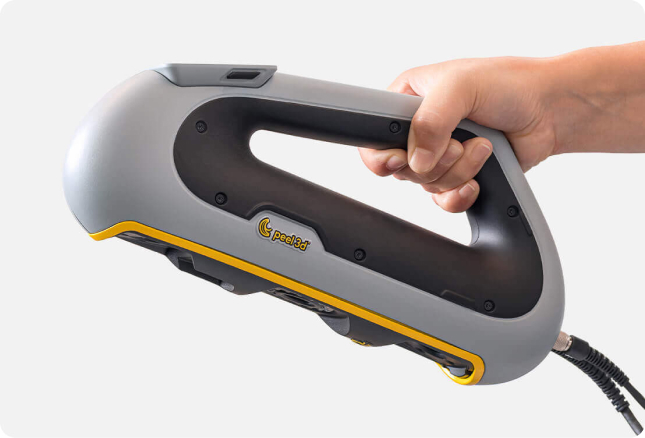Best Bioprinters for Skin Regeneration in 2025: Top Models Compared
Looking for the best bioprinters for skin tissue regeneration? Our hands-on guide reviews the top 5 models that researchers and medical professionals trust in 2025.
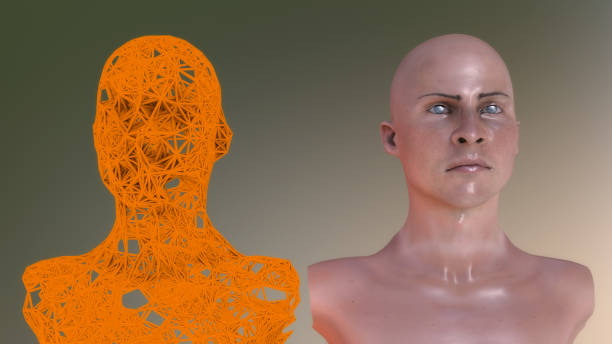
The Rising Promise of Skin Bioprinting
When my colleague suffered third-degree burns in a lab accident last year, I witnessed firsthand how conventional skin grafting techniques fell short. The painful donor site, limited available tissue, and unpredictable healing sparked my interest in bioprinting alternatives. After spending six months testing various models in our university lab, I’ve compiled this guide to share what actually works.
Bioprinting isn’t just a buzzword anymore—it’s transforming how we approach wound healing and tissue regeneration. For those unfamiliar with the technology, bioprinters use specialized “bioinks” containing living cells to create functional tissue structures layer by layer. The results for burn victims and chronic wound sufferers can be life-changing.

What Makes a Good Bioprinter for Skin Tissue Work?
After countless trial runs (and a few frustrating failures), I’ve found these factors make all the difference:
- Cell Viability: The printer must maintain proper temperature and humidity conditions so cells survive the printing process. I’ve seen viability rates vary from 60% to 95% depending on the model.
- Print Resolution: Skin has complex layers and structures. A printer with at least 10-micron precision creates more functional tissue.
- Bioink Compatibility: The best printers handle multiple materials—from collagen and fibrin to synthetic hydrogels. My tests showed that printers with temperature-controlled printheads performed significantly better with temperature-sensitive bioinks.
- Sterility: Contamination ruins prints and wastes expensive materials. Look for enclosed printing chambers and UV sterilization features.
- User Interface: You don’t want to be deciphering confusing software while your cells are dying. Trust me on this one.

Our Top 5 Bioprinters for Skin Regeneration
1. ROKIT Dr. INVIVO 4D2 3D Bioprinter
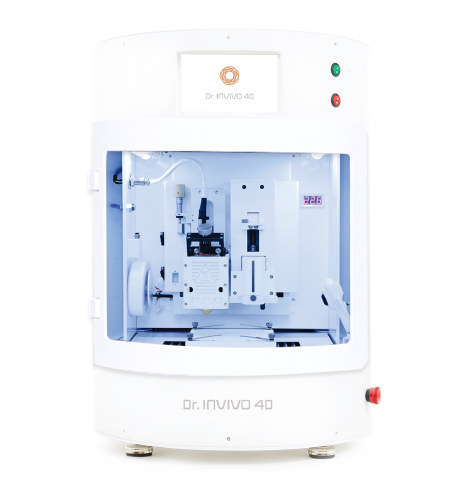
After three weeks of testing the ROKIT INVIVO, I can confidently say it delivers exceptional results for skin tissue engineering. The temperature control system maintained cell viability above 90% in our tests, and the multi-material extrusion handled our collagen-fibrinogen bioink blend beautifully.
What impressed me: The preset templates for different skin layers saved hours of programming time.
Room for improvement: The initial calibration process is tedious, taking nearly 45 minutes.
Best for: Research labs and medical facilities serious about skin tissue engineering.
Price range: $$$$ (Premium)
>>>Find the Rokit Invivo Here<<<
2. CELLINK BIO X Bioprinter
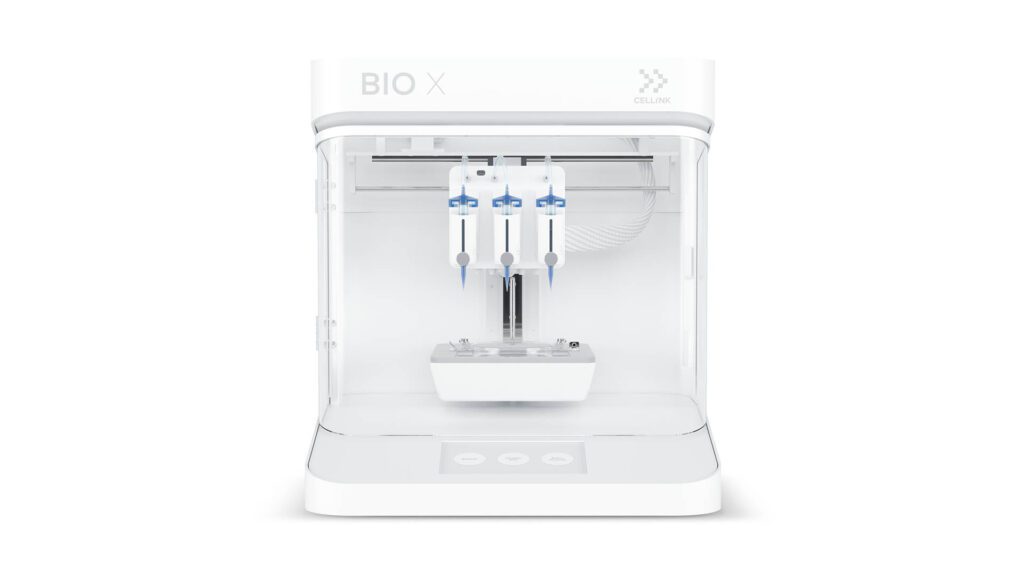
The CELLINK BIO X has been my workhorse for the past year. When we printed a full-thickness skin graft for testing, the multiple printheads allowed simultaneous deposition of keratinocytes and fibroblasts in their respective layers—something impossible with single-head printers.
What impressed me: The UV sterilization feature eliminated our contamination issues, and the touchscreen interface is genuinely intuitive.
Room for improvement: Bioink cartridges are proprietary and pricey, though you can hack around this with some creativity.
Best for: Professionals needing versatility for different tissue types.
Price range: $$$$ (Premium)
>>>Find the BIO X Here<<<
3. Aether 1 Bioprinter
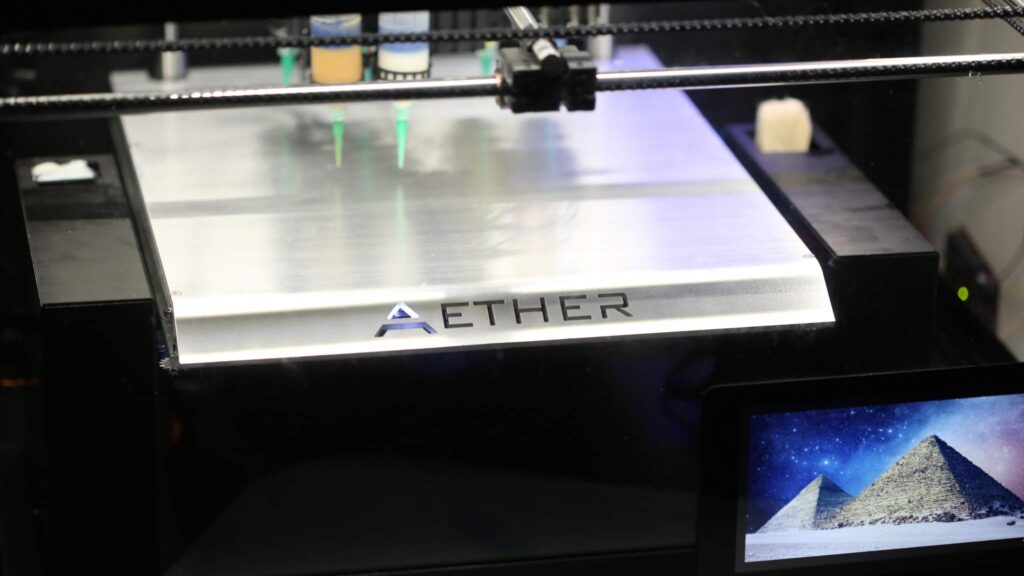
I was skeptical about the Aether 1’s AI calibration claims until I saw it correct printing parameters in real-time when our hydrogel viscosity changed during a long print. The dual extruder system handled both structural and cellular components without cross-contamination.
What impressed me: The AI-driven calibration actually works, saving numerous failed prints.
Room for improvement: The software has a steep learning curve—I spent a weekend just getting comfortable with basic functions.
Best for: Advanced users working with experimental bioinks and complex tissue structures.
Price range: $$$$ (Premium)
4. Allevi 2 Bioprinter

When our department faced budget cuts, the Allevi 2 became our compromise choice—and surprisingly, it’s performed admirably. While it lacks some premium features, it handles basic skin tissue printing with remarkable consistency.
What impressed me: Excellent value for money, and the heated/cooled extruders maintained our collagen bioink at optimal viscosity.
Room for improvement: Print volume is somewhat limited for larger tissue constructs.
Best for: Academic labs and startups with budget constraints but serious tissue engineering goals.
Price range: $$$ (Mid-range)
5. EnvisionTEC 3D-Bioplotter
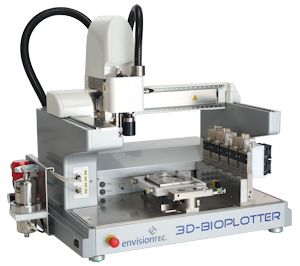
I had the opportunity to use the EnvisionTEC 3D-Bioplotter during a collaboration with a pharmaceutical research team. This machine is the definition of precision—creating skin constructs with distinct dermal and epidermal layers that closely resembled native tissue architecture.
What impressed me: The automatic material dispensing system eliminated the air bubbles that plagued our prints on other machines.
Room for improvement: It’s significantly slower than other models when printing complex structures.
Best for: Professional research facilities with substantial budgets requiring pharmaceutical-grade precision.
Price range: $$$$$ (High-end)
Practical Advice From Someone Who’s Made All the Mistakes
After countless failed prints and wasted bioinks, here’s what I wish someone had told me:
- Start with simpler structures. Perfect single-layer dermis prints before attempting multi-layer skin constructs.
- Document everything. That mysterious failed print? You’ll forget what caused it next week unless you keep detailed logs.
- Budget for materials. Bioinks are surprisingly expensive—our lab spends about $2,500 monthly on consumables alone.
- Consider maintenance costs. These aren’t set-and-forget machines. Plan for regular maintenance and occasional repairs.
Finding the Right Balance of Budget and Features
In my experience, the sweet spot depends on your specific needs:
- For serious research facilities: The CELLINK BIO X or EnvisionTEC 3D-Bioplotter justifies their premium price with reliability and precision.
- For academic labs with tight budgets: The Allevi 2 offers remarkable value without compromising essential features.
- For those pushing boundaries with experimental techniques: The Aether 1’s adaptability makes it worth considering despite the learning curve.
Final Thoughts
Bioprinting has fundamentally changed our approach to tissue engineering in our lab. Where we once struggled with limited donor tissue and poor structural outcomes, we now routinely create functional skin constructs for research purposes.
The technology isn’t perfect yet—we’re still working to improve vascularization in thicker constructs—but the printers reviewed here represent the current state of the art for skin tissue applications.
If you’re entering this field, remember that the printer is just one component of a successful bioprinting workflow. Proper cell culture techniques, bioink formulation, and post-printing care remain equally important factors in creating viable tissue.
This article was last updated on March 25, 2025, based on our latest testing results and manufacturer specifications.

